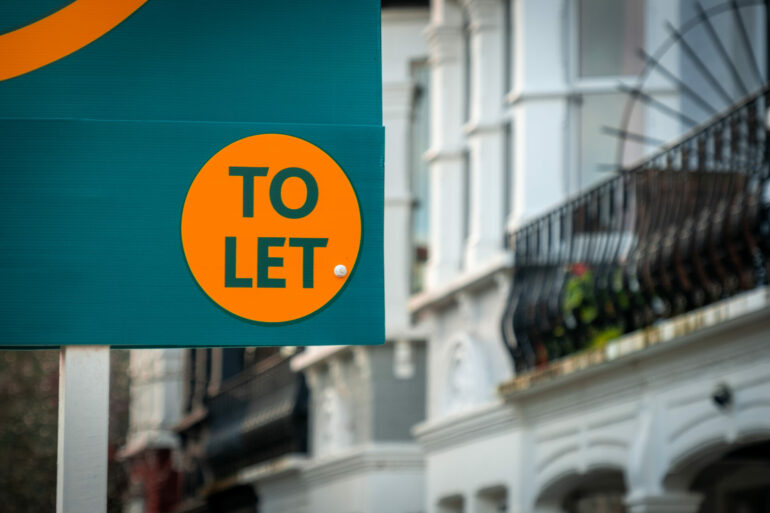Monthly repayments for buy-to-let mortgagors are forecast to rise on average by around £175 a month, and around 20% of buy-to-let mortgagors will face increases of over £300, the Bank of England has warned.
It is estimated that landlords would need to increase rental incomes by around 20% to offset the projected rise in buy-to-let mortgage costs.
This in turn would increase the cost of housing for renters, which may affect their resilience and could lead them to default on unsecured credit, or cut consumption sharply, which could amplify the economic downturn.
Additionally, some landlords might choose to sell properties rather than bear the greater costs of mortgages, and evidence from the Bank’s Agents suggests that a growing number of buy-to-let landlords are choosing to sell properties, due in part to rising borrowing costs.
And the central bank has warned that if significantly large numbers of buy-to-let mortgagors choose to sell properties, this could place additional downwards pressure on house prices.
Absent a change in landlord behaviour through selling properties or passing on costs, around 15% of buy-to-let mortgagor will have interest coverage ratios (ICRs) of less than 125% (the current Bank of England industry standard for affordability of buy-to-let mortgages) by the end of 2023, rising to around a fifth by the end of 2025.
The current share of buy-to-let mortgagors with an ICR below 125% is just 3%.



